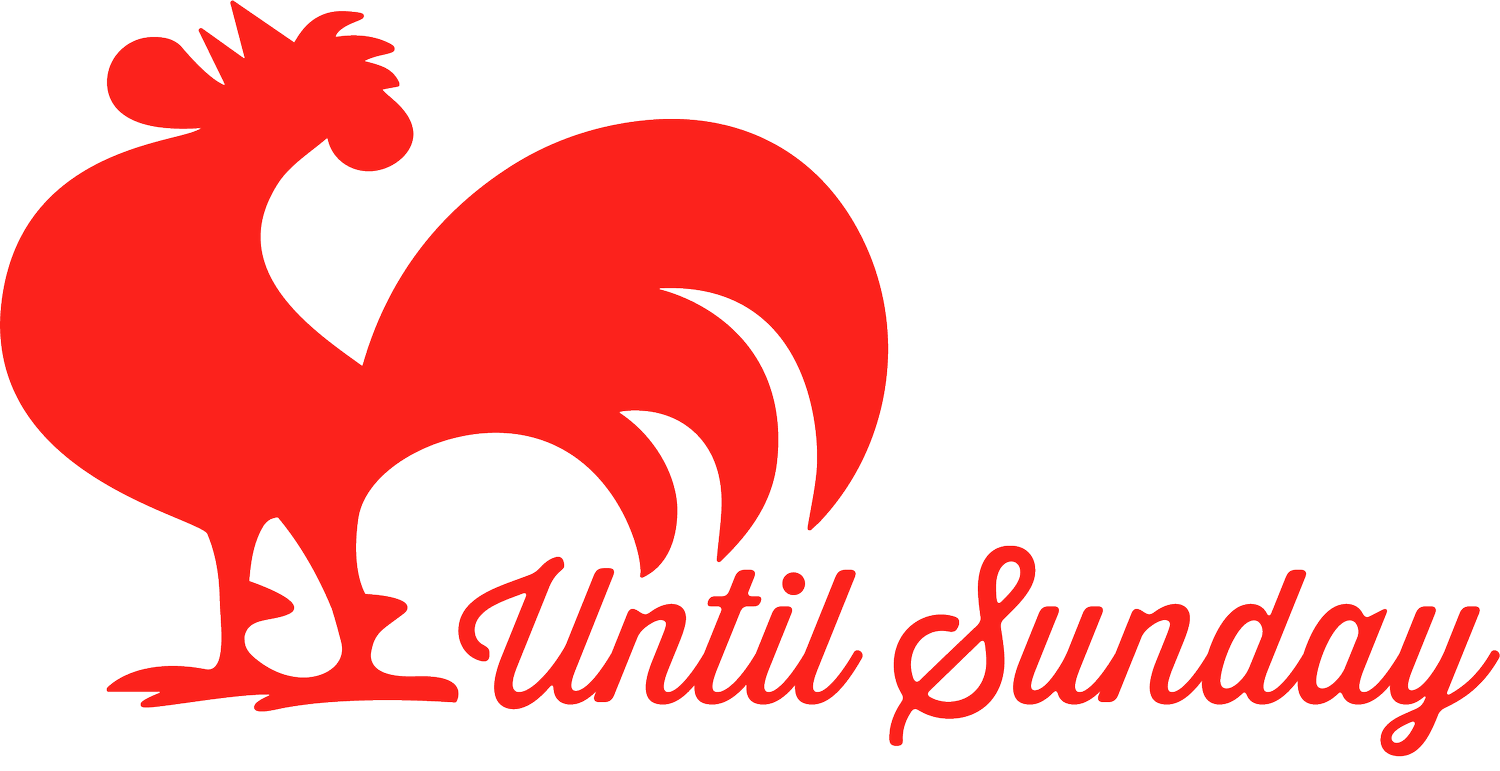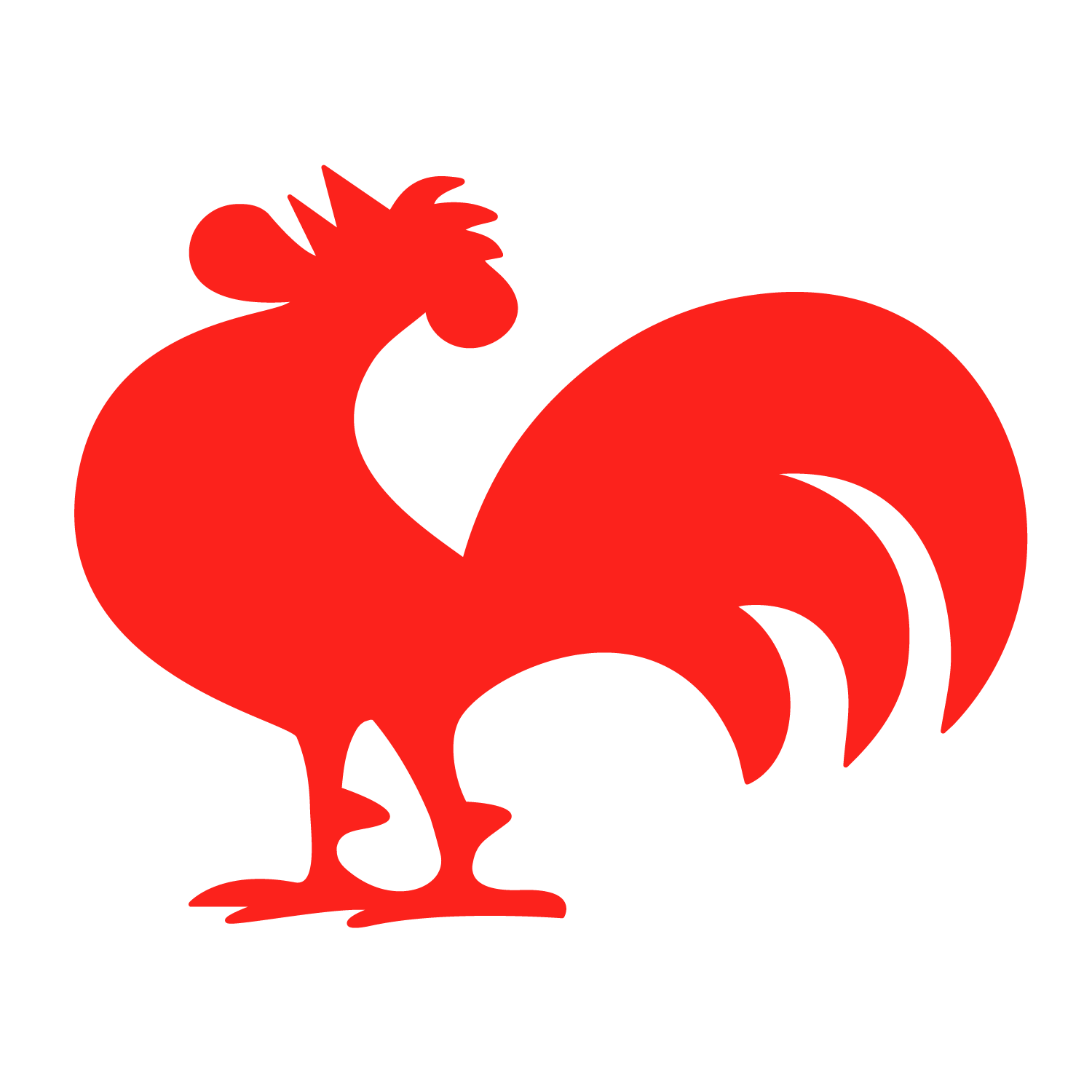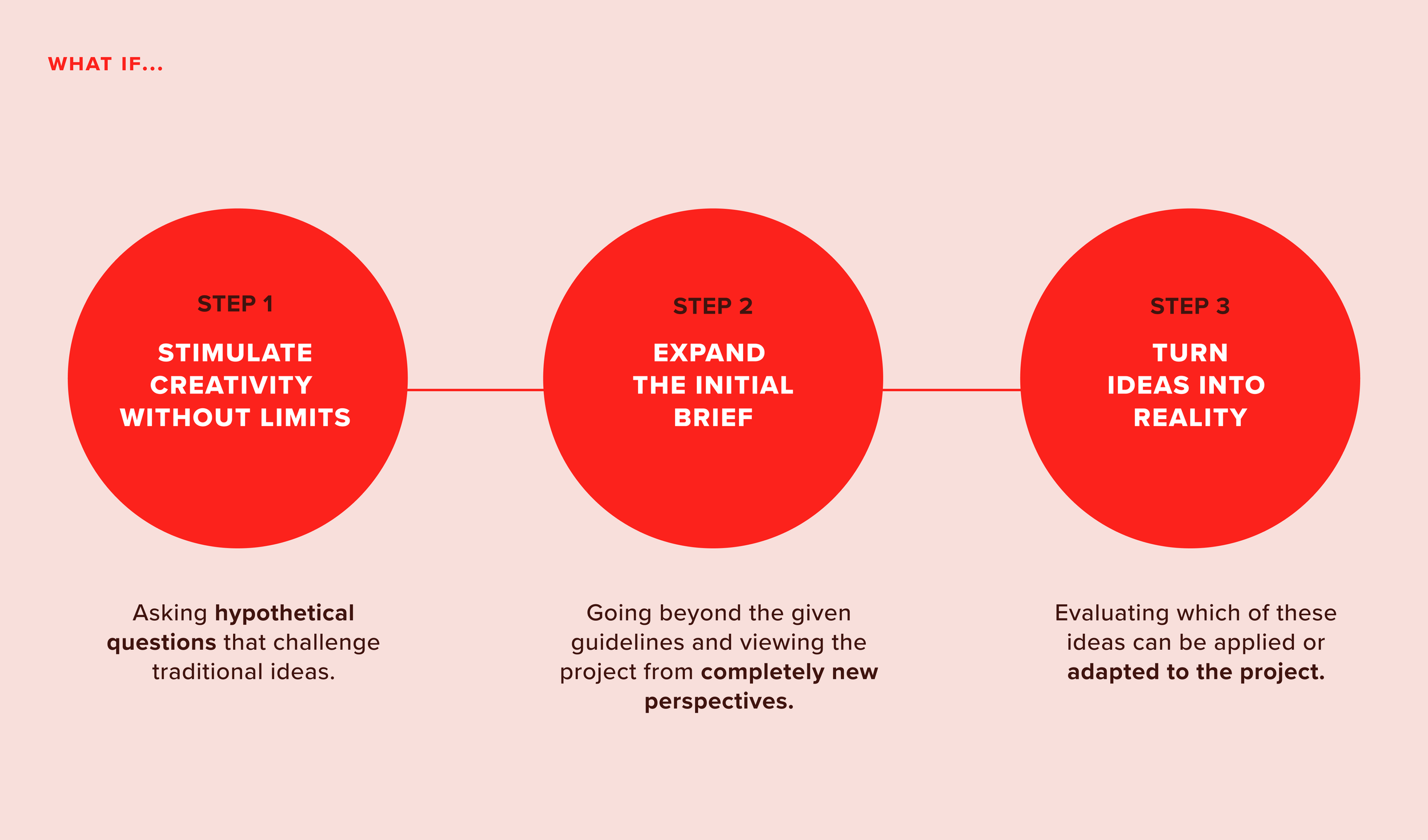#11. A survival kit for creative minds: three storytelling tools to inspire you!
Last month, I travelled to Italy for a fun team-building event in a beautiful resort (don’t worry, I will share some images at the end of this issue!)
I was one of the invited speakers, called upon to “inspire and motivate" creative colleagues and designers.
During my presentation, I tried to answer some challenging questions: “How do you stay inspired? How do you deal with clients? How do you protect creativity from boring briefs?"
While there are tons of informative articles about creativity just waiting to be Googled, I think we each have our own personal ways of staying creative. That said, I do have a ‘Survival Kit for Creativity’, so I will now share three tools that form part of this essential kit!
Tool 1: The Character Arc
Best used: when the client fears change.
Dealing with clients who are afraid of change is a common experience. Change can be unsettling for both large and small companies, as it requires re-thinking their existing and comfortable ways of working, communicating, and collaborating with others.
However, change is necessary – and sometimes mandatory – in a world that is evolving ever faster. For change to be successful, it's important to understand what it is and how it should be executed.
A good story always narrates the character arc, which is the trajectory a character takes as they transform from one state of being to another over the course of the story.
For example, in Alice in Wonderland, Alice transforms from a shy and goofy little girl into a strong, powerful young person who understands she has power – in particular, power over a bunch of cards who want to cut off her head!
According to Lisa Cron’s book Story or Die, the character arc follows four transformational steps: misbelief, truth, realisation and transformation.
The journey of transformation by Lisa Cron. Misbelief, truth, realisation and transformation.
Example of application: ActionAid Hellas Re-branding Project
In 2021, I was invited to re-design the branding for Action Aid Hellas. The redesign was requested by the marketing team, who could see that the organisation had outgrown its existing communication strategies.
As the C-suite remained unconvinced of this, the marketing team asked me to do a discovery workshop, during which I engaged Lisa Cron’s advice!
I began by investigating the C-suite’s misbelief, so what hindered them from embarking on a transformation of this nature. I found that the board members believed their existing communication was effective and distinctive. I therefore presented them with advertising they thought they had created themselves. However, unbeknownst to them, I had taken a competitor’s ad and included Action Aid Hellas’s branding to make them think it was theirs.
The C-suite recognised the ad as their own. During the truth phase, I challenged their beliefs by revealing what I had done. They were shocked to discover they couldn’t even recognise their own ads, and it brought home the fact that their advertising was not as effective and distinctive as they thought.
What followed was an "awkward silent moment" – in other words, the realisation phase! Here, the board members questioned their beliefs, and the experience allowed them to identify what may be amiss.
Finally there’s the transformation: the board members recognised how their beliefs have hindered their actions. As such they were more open to listening to the marketing team and finding a solution to the issue.
The transformational journey for Action Aid Hellas. The steps that led to the transformation of the board members' beliefs.
Tip
When using the Character Arc and following Lisa Cron’s four steps, it’s important to know your client and learn what’s really stopping them from transforming. Only then will you be able to think about the next steps.
If you don't do this work, it may be difficult to conduct a transformation because your “truth" may not solve your client’s pain point.
Tool 2: What If…
Best used: when you are short of ideas.
Being a freelancer for 12 years has taught me how to protect my creativity.
First: creativity does not always equal “freedom".
The late Bruno Munari used to say that creativity is useful only if you have a method for using it. If not, it is just an artistic expression. That’s fine if you are an artist, but for designers, creativity must be put to good use and tamed to solve problems, add functionality, and serve a scope.
Sometimes, a brief with no restrictions, lots of freedom, or too much vagueness can shut the door on creativity altogether.
What to do in this case? Part of my survival kit is a simple storytelling tool that gives some briefs an extra dose of imagination.
It’s called What if... and it often creates magic when used during the brainstorming phase of a project.
“What if…” storytelling tool. I am sure you have used it yourself, just for fun!
Example of application: Smashing Book 6 Cover Design and Internal Illustrations
When Vitaly contacted me, the brief was very simple: they needed a cover for the upcoming Smashing Book 6. I was given full creative freedom; as long as we had a big uppercase S letter in the cover.
Now, considering the S was as huge as the cover, there wasn’t much space for anything else! So it was tempting to end up with a cover that looked just the same as those on the existing books.
For days, I stared at a white page with a huge S on it.
So I decided to play the famous “What if.." game.
“What if the S is a...snake?"
“What if the S is a... tube?"
“What if the S is an.... engine?"
In just a few thoughts, that innocent letter took on completely different meanings!
The S became a propeller, around which the web world was moving and evolving. Everything that followed could then be tied around that simple concept; from the book cover to the internal illustrations for each chapter.
The S became a propeller. The cover of Smashing Book 6 explained.
Tip
When using the What if... game, make sure you can create a scenario that connects with the product as a whole, not just the part you are designing. Always look at the bigger picture, or things will feel disconnected.
Tool 3: Emotional Connection
Best used: when you need to inspire your team.
Designers often work as part of a large team. Depending on your role, you may also be responsible for leading others in that team.
This can be difficult, because we all come with our own background, skills, knowledge, and tasks to complete.
However, a team won’t work properly together until we find common ground – because the quality of a project can reflect the synergies between the different people involved.
By tapping into the intrinsic values of our work, we will often find that vital synergy – even among people that are vastly different from us.
This can be achieved simply by asking ourselves, “Why do we do what we do?"
Sure, money is a big driver. Sometimes, it’s the glory. But most of the time, a good leader must remind their team that there is more to a project than just these things.
Simon Sinek calls this “finding your “Why”. I call it finding emotional connection.
Emotional connections are created when you understand what really connects your team. This can be silently shared but never said out loud.
Emotional connection. It happens like magic when as a leader you understand what really connects your team.
Example of application: Joomla Community
I instilled emotional connection during one of the biggest downturns in the Joomla Community. At that time I was a brand designer, assisting a community constantly at war with itself: online, offline, in chat, on social media, and during conferences.
It was painful to read and watch. It was also reflected extremely badly in our community, creating lots of frustration and insecurity among sponsors and stakeholders who supported our Open Source project.
After discussing this with the then-president, Sarah Watz, we decided to launch a campaign that would bring back the hope and meaning of being part of the Joomla project.
We started by asking ourselves: “What keeps Joomla alive?"
The answer was: the community of volunteers thar selflessly work on the project.
So, using the logo as a guide, we started a big campaign around the “Joomla Heart"/#jheart – claiming that Joomla’s community is its heart.
Even now, when drama threatens to rear its head, I see the Joomla volunteers reminding everyone that Joomla has one beating heart: the community.
The Joomla Heart. The Joomla Heart was already inside the Joomla logo and part of the spirit of the community.
Tip
We need to be careful on how deep we travel into emotional connection, as it can make some people uncomfortable.
Stick into the values of the company, or the mission of the team, and try to find a visual element that connects with the emotions surrounding it. The same goes when we tap into users’ emotions, as some people may feel violated if they feel the product knows too much about them. This tool must be handled with care!
Final thoughts
Now you know some of the tools of my personal survival kit for creativity, you can use them whenever you need to spark creativity into a project.
I am sure you have your own personal methods for staying inspired, guiding your clients toward change, and motivating others. Feel free to share them with me!
Some of the pictures of the special inspiring day organised by the communication agency, Zampediverse.
Photo by Stefania Malapelle
Did you enjoy what you just read? Subscribe to my Sunday Tales Newsletter!
The Sunday Tales is an initiative that was requested by many of the 2000+ students from my Domestika course. They wanted to know more about storytelling, but didn't know where to find the right information.
At the same time, I realized that many storytelling-related elements need to unfold clearly in my mind. Writing about them seemed like the ideal solution. That’s why I would be extremely grateful if you subscribed to this newsletter!
Your support will help Sunday Tales grow, and I hope you will always come away feeling informed and inspired.


















